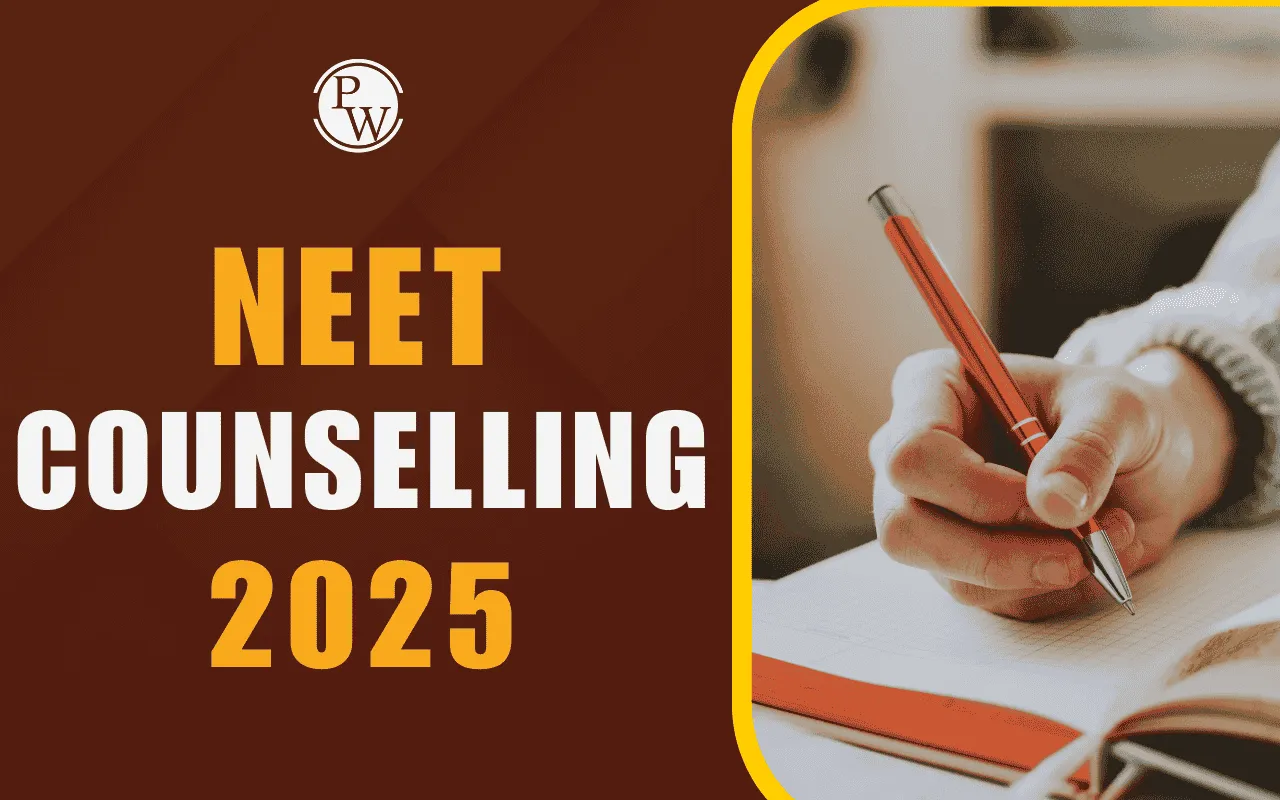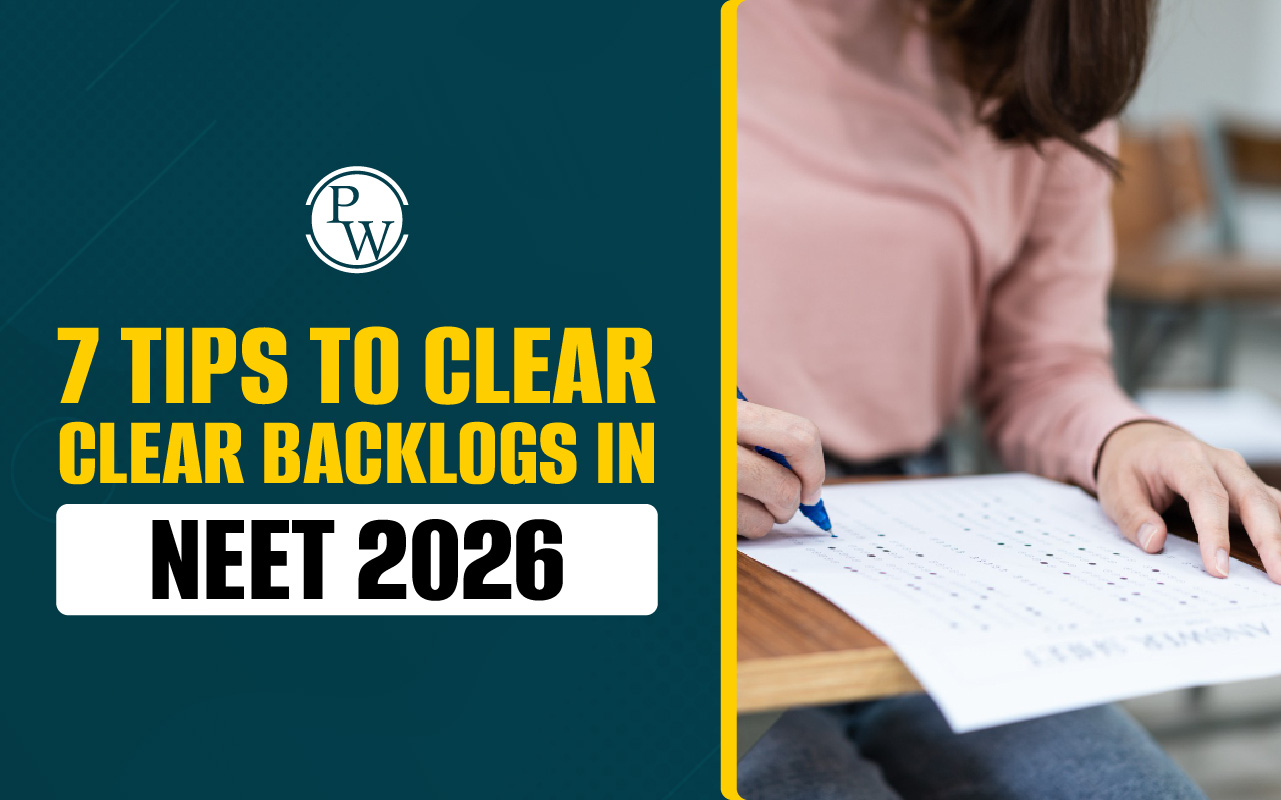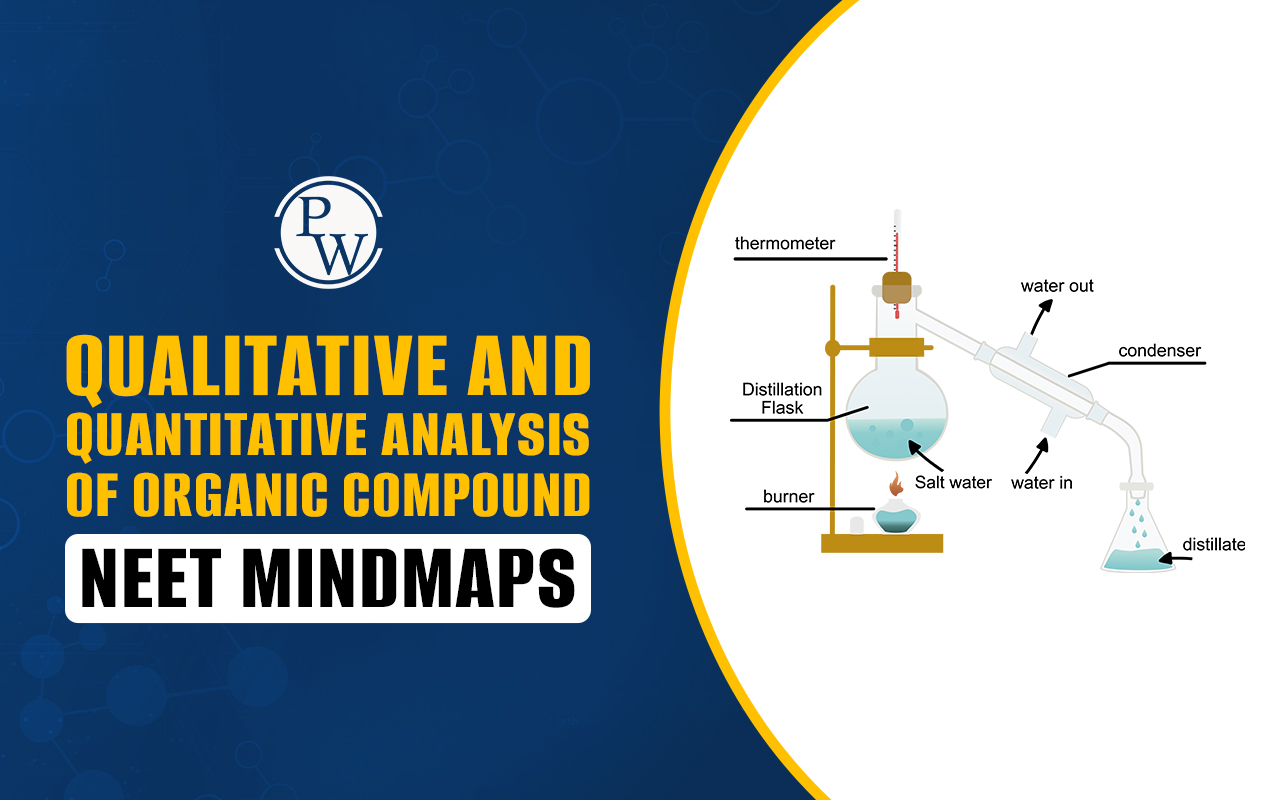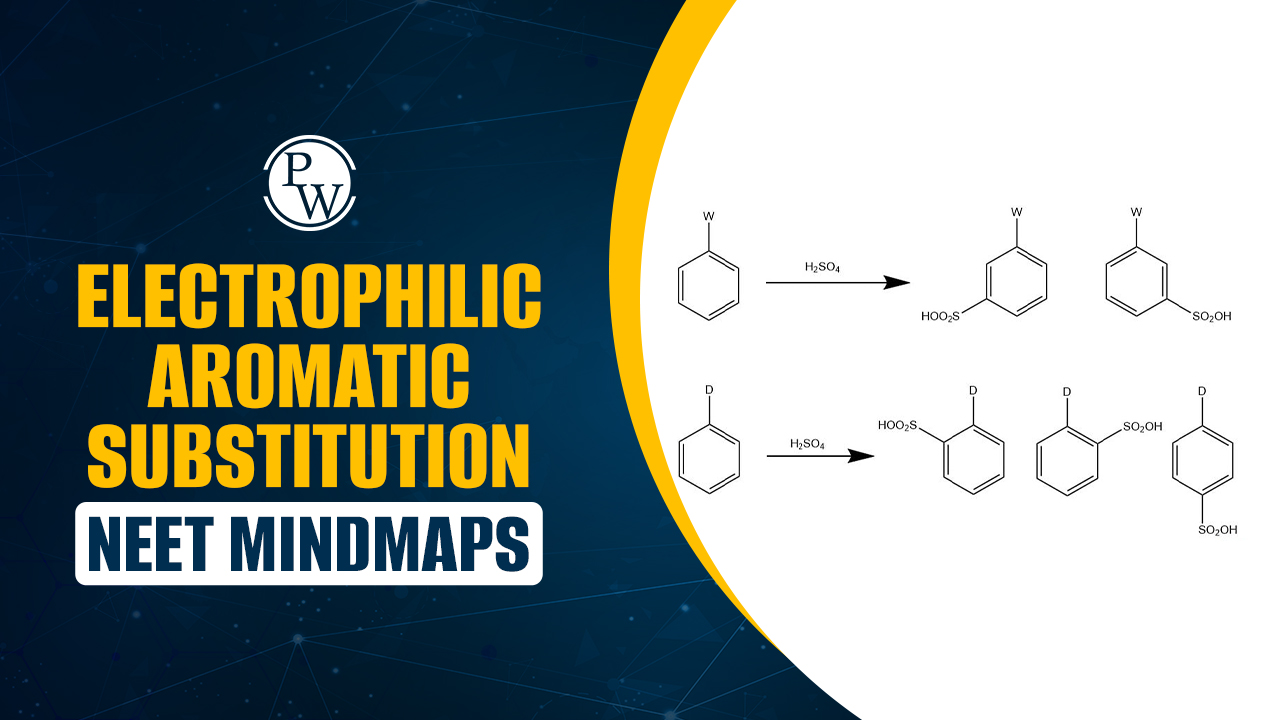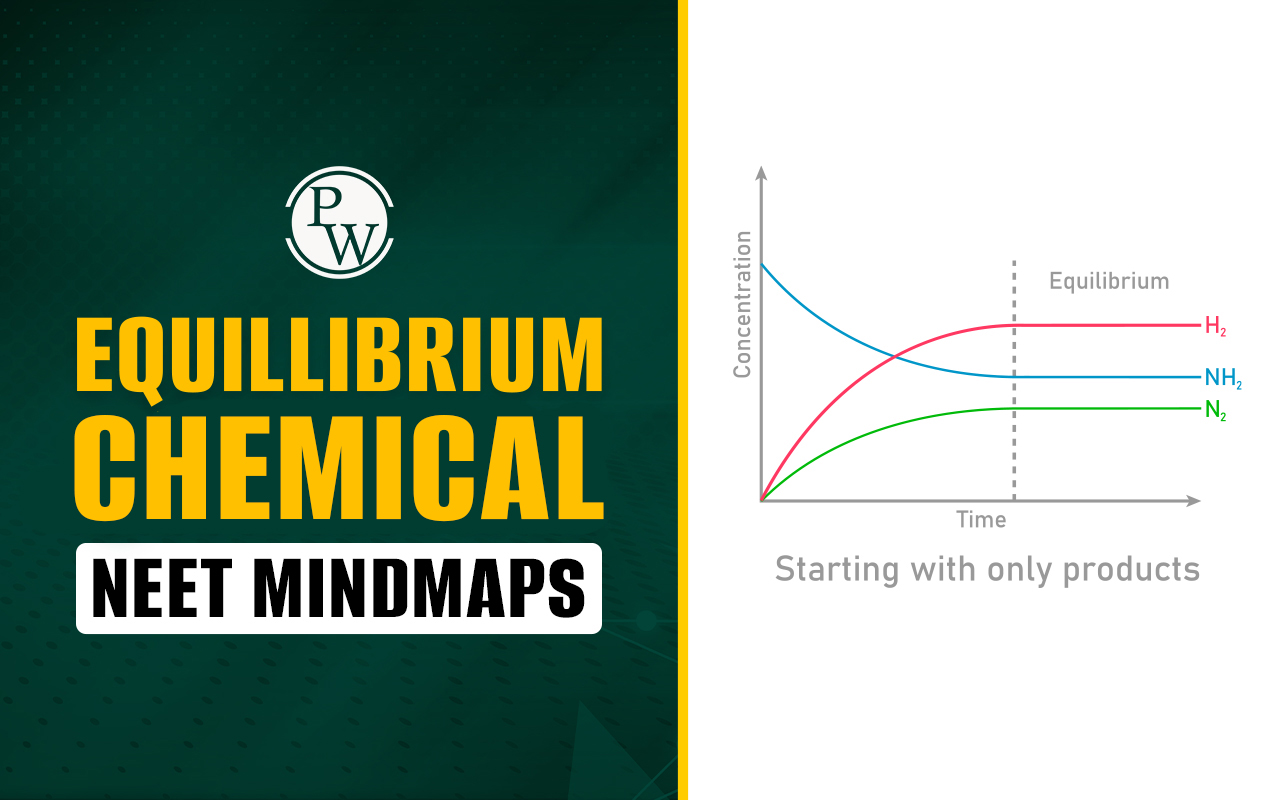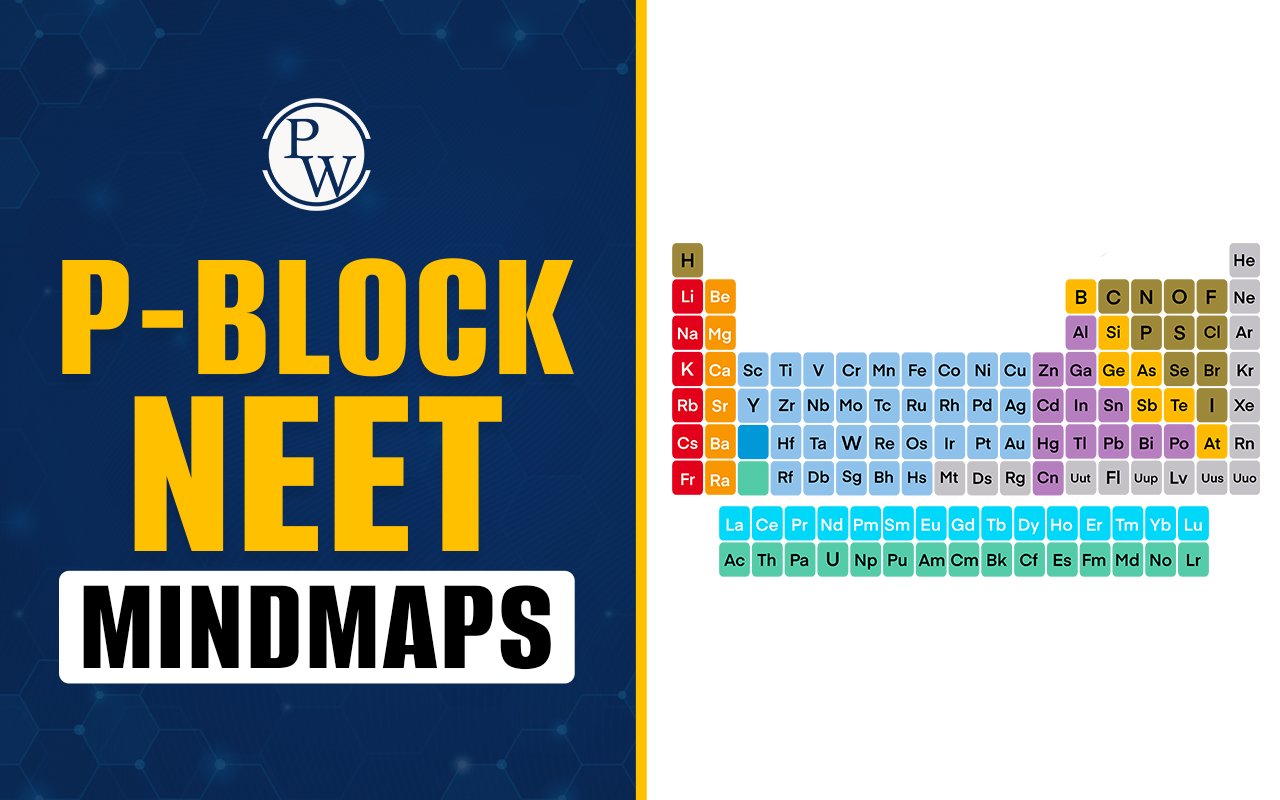
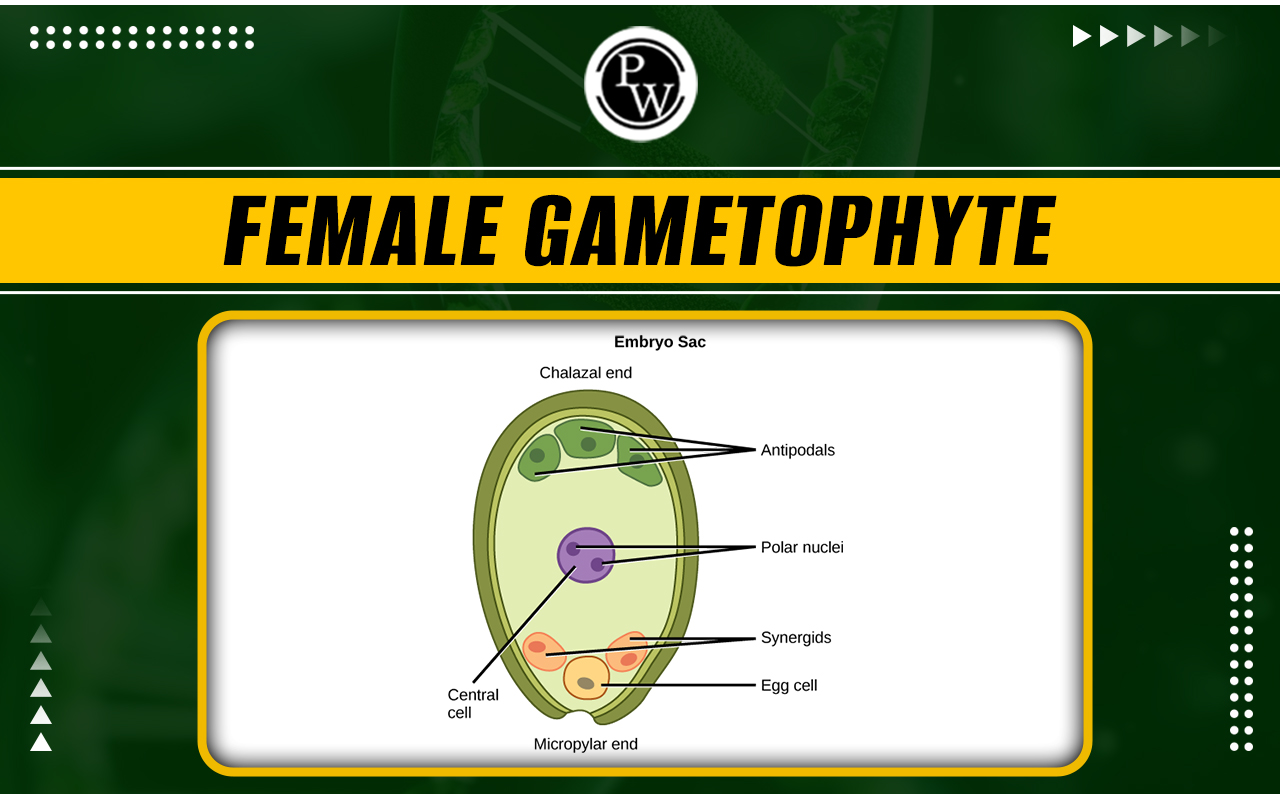
Female Gametophyte: The female gametophyte organ is commonly known as the embryo sac. The female gametophyte in angiosperms is essential for plant reproduction because it contains the egg cell and central cell, which, when fertilised, give rise to the embryo and endosperm of the seed, respectively. The female gametophyte develops early in ovule development when a diploid megaspore mother cell undergoes meiosis. One of the haploid megaspores produced develops into the female gametophyte.
Megaspore mother cell identity is determined by genetic and epigenetic processes, which limit the number of megaspore mother cells that can form per ovule. Auxin gradients influence the polarity of the female gametophyte, while a variety of transcription factors control cell specification and differentiation within the female gametophyte. The article discusses the structure and formation of female gametophytes in flowering plants.
Female Gametophyte is an important topic in the NEET Exam chapter on sexual reproduction in flowering plants . NEET Exam frequently asks multiple questions about both male and female gametophytes in plants.
Flower – A Fascinating Organ of Angiosperms
What is a Female Gametophyte- Embryo Sac?
Female gametophytes can form through an asexual process known as gametophytic apomixis, which involves the formation of a diploid female gametophyte and the egg's fertilisation-independent development into an embryo. These functions highlight the importance of the female gametophyte in seed and food production.
The mature female gametophyte secretes peptides that direct the pollen tube to the embryo sac and contains protein complexes that prevent seed development before fertilisation. After fertilisation, the female gametophyte influences seed development by activating maternal-effect genes and regulating parental contributions.

Pre Fertilisation - Structures And Events
Development of Female Gametophyte in Angiosperms
Female gametophyte development in plants is divided into two phases: megasporogenesis and megagametogenesis. In order for flowering plants to reproduce sexually, these processes are essential for the development of the female gametophyte.
Megasporogenesis
During megasporogenesis, the diploid megaspore mother cell (MMC) goes through meiosis, which results in the formation of four haploid nuclei. Angiosperms have three primary megasporogenesis patterns: monosporic, bisporic, and tetrasporic. In these cases, ovules typically differentiate a single MMC in the micropylar region of the nucellus. This MMC is large, with dense cytoplasm and a prominent nucleus.
The MMC divides during meiosis, producing four megaspores. However, in most flowering plants, only one of these megaspores is functional, while the other three degenerate. This functional megaspore eventually develops into a female gametophyte or embryo sac. Monosporic development is the most common type observed in flowering plants.

Sexual Reproduction in Flowering Plants MCQ
Megagametogenesis
Following megasporogenesis, the functional megaspore develops into a mature female gametophyte. Initially, the megaspore goes through one or more rounds of mitosis without cytokinesis, resulting in a multinucleate structure known as a coenocyte. Cell walls form around these nuclei, resulting in the cellularisation of the female gametophyte.
At maturity, the female gametophyte consists of seven cells arranged in a specific pattern: three antipodal cells, one central cell, two synergid cells, and one egg cell. These cells play an important role in fertilisation. The formation of polarity within the female gametophyte is significant because it coincides with the asymmetric development of the surrounding ovule layers. This suggests that the surrounding sporophytic tissues play a role in regulating the polarity of the female gametophyte.
Finally, female gametophyte development in plants is a multistage, cellular process. The formation of the female gametophyte is required for successful sexual reproduction in flowering plants, emphasizing the importance of understanding the mechanisms that drive its development.
Structure of the Mature Female Gametophyte in Plants
The mature female gametophyte, also known as the embryo sac, is an important structural component of flowering plant reproduction. The functional megaspore undergoes megagametogenesis to form it. The mature female gametophyte is typically made up of seven cells arranged in a specific pattern.
- Antipodal Cells (3 cells): These cells are located at the chalazal end of the embryo sac. They are often involved in the absorption of nutrients and may degenerate after fertilisation.
- Central Cell (1 cell): The central cell is located in the center of the embryo sac. It contains two nuclei, known as the polar nuclei, which play a role in double fertilisation.
- Synergid Cells (2 cells): These cells are located at the micropylar end of the embryo sac. They play a role in guiding the pollen tube to the embryo sac during fertilisation.
- Egg Cell (1 cell): The egg cell is located near the synergid cells at the micropylar end. It is the female gamete that fuses with the male gamete (sperm cell) during fertilisation.
The mature female gametophyte is polarized along its chalazal-micropylar axis, with distinct structural and functional differences between cells at each end. This polarity is essential for successful Fertilisation and seed development in flowering plants.

Mature Female Gametophyte Function in Plants
For flowering plants to reproduce sexually, the mature female gametophyte, also known as the embryo sac, is required. Following formation, the female gametophyte prepares to receive and fertilise gametes from the male, which produces seeds.
- Reception of Pollen: One of the primary functions of the mature female gametophyte is to receive pollen grains. Pollen grains contain the male gametes (sperm cells) needed for fertilisation.
- fertilisation: Upon receiving pollen, the female gametophyte facilitates the process of fertilisation. The male and female gametes combine to form a zygote, which then develops into an embryo.
- Endosperm Development: The female gametophyte also plays a role in the development of endosperm, a nutrient-rich tissue that nourishes the growing embryo in the seed.
- Seed Formation: Following fertilisation, the female gametophyte contributes to the formation of a seed. The embryo, endosperm, and seed coat develop from structures within the ovule, where the female gametophyte is located.
- Genetic Variation: The female gametophyte contributes to genetic variation in plants by undergoing meiosis during its development. This process shuffles genetic material, leading to the production of genetically diverse offspring.
- Protection of Developing Embryo: The female gametophyte provides a protective environment for the developing embryo within the seed, ensuring its survival and germination under favorable conditions.
Physics Wallah's provides NEET Online Coaching Students with an excellent opportunity to begin their preparation for the NEET exam early. PW is well-known for having the most reasonable fees in India, as well as experienced faculty, a variety of courses, question-and-answer sessions, live and recorded classes, and study material. Enroll Now for effective NEET Preparation!
| NEET Exam Important Links | |
|---|---|
| NEET Biology Syllabus | NEET Biology Diagrams |
| NEET Biology MCQ | NEET Biology Chapter wise Weightage |
| NEET Biology Notes | NEET Previous Year Question papers |
Female Gametophyte FAQs
What is the female part of a gametophyte?
What are male and female gametophytes?
What is the stage of the female gametophyte?
What is the female gamete called?
What is triple fusion?




